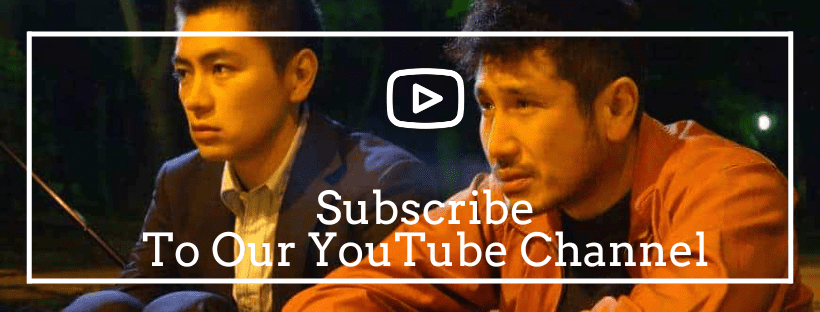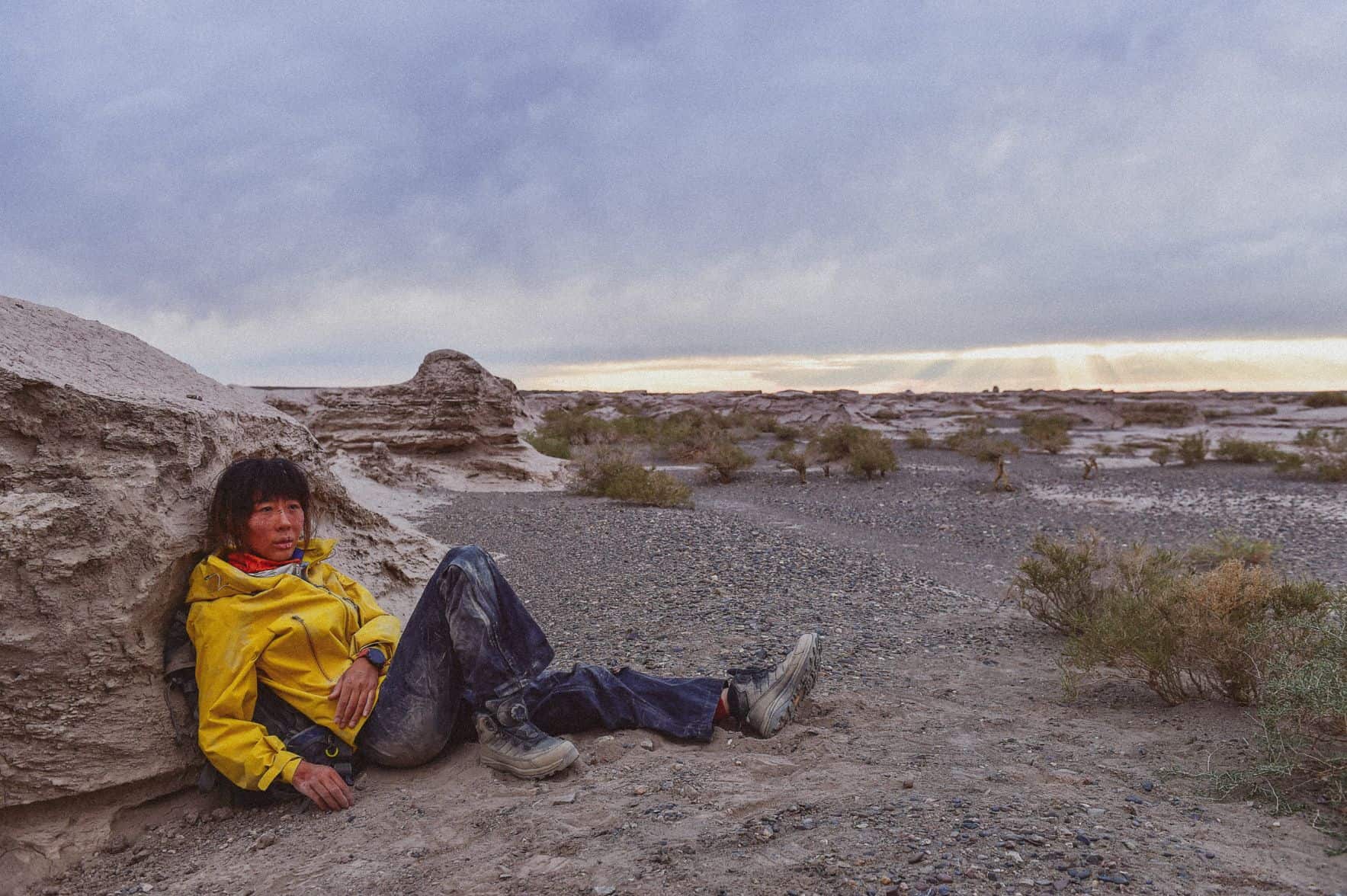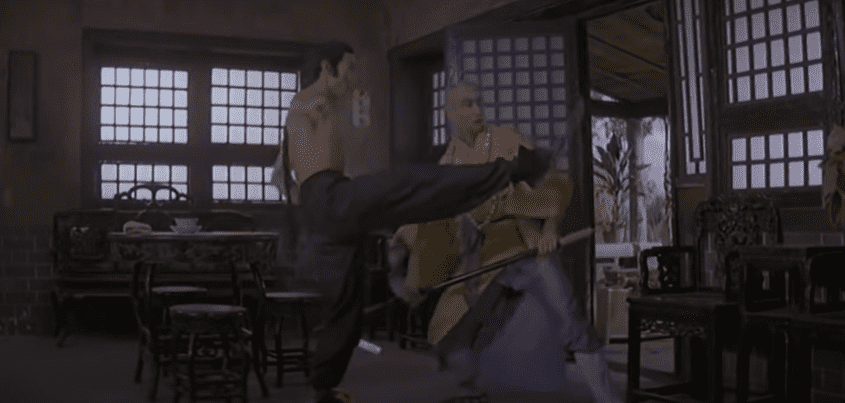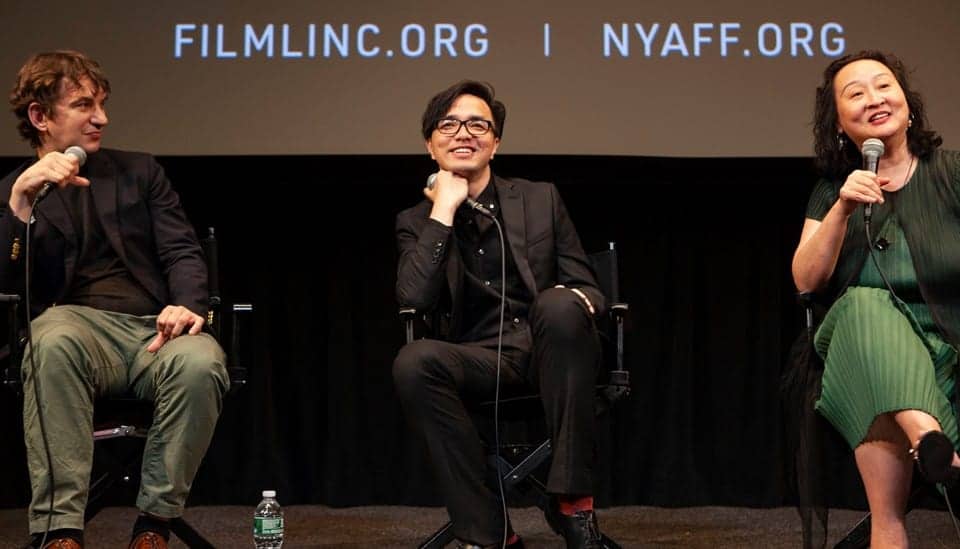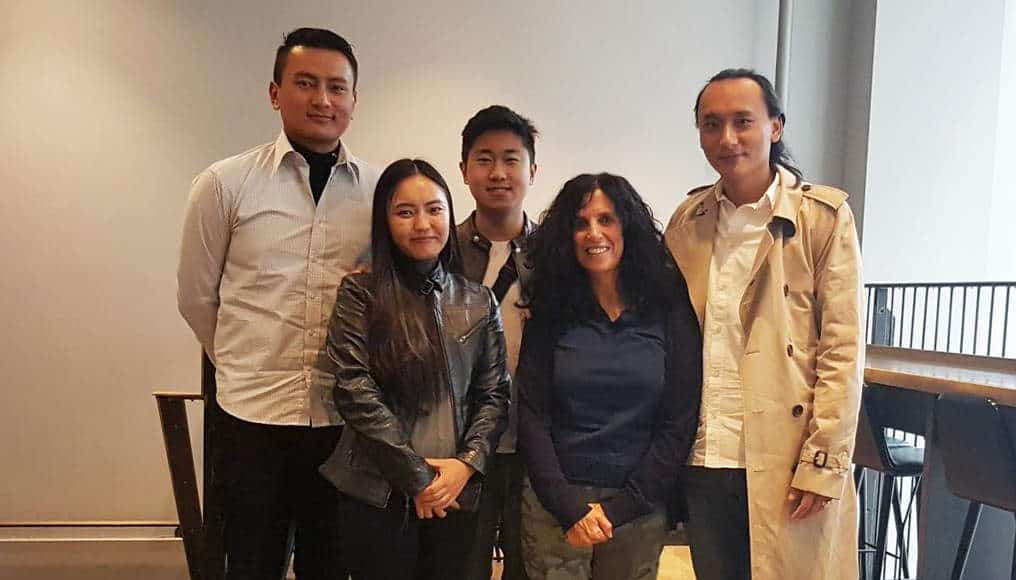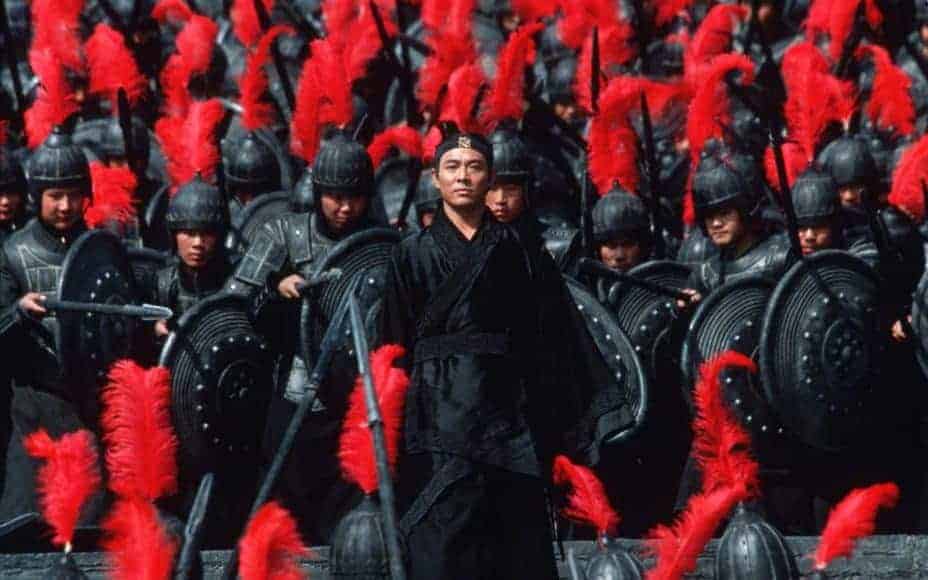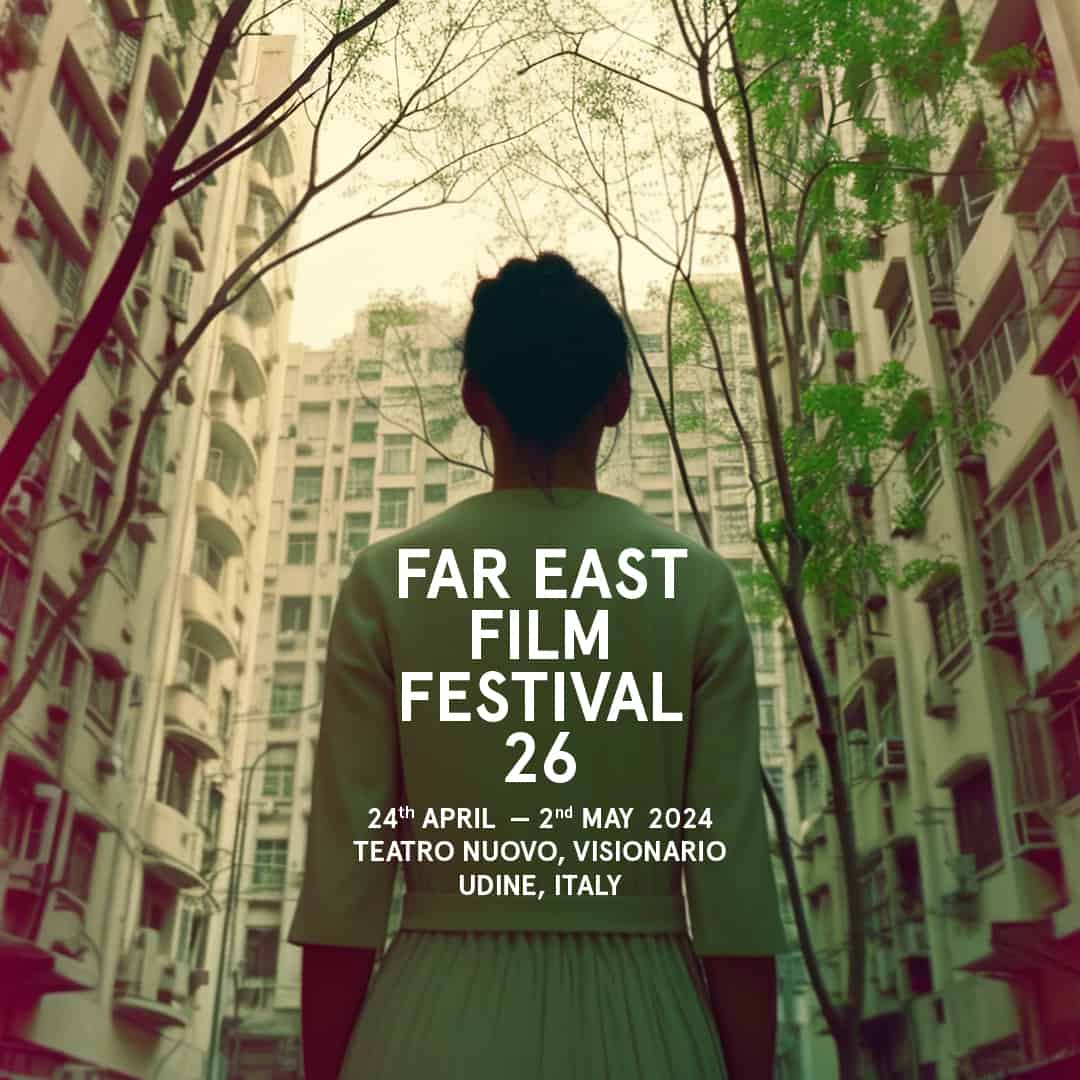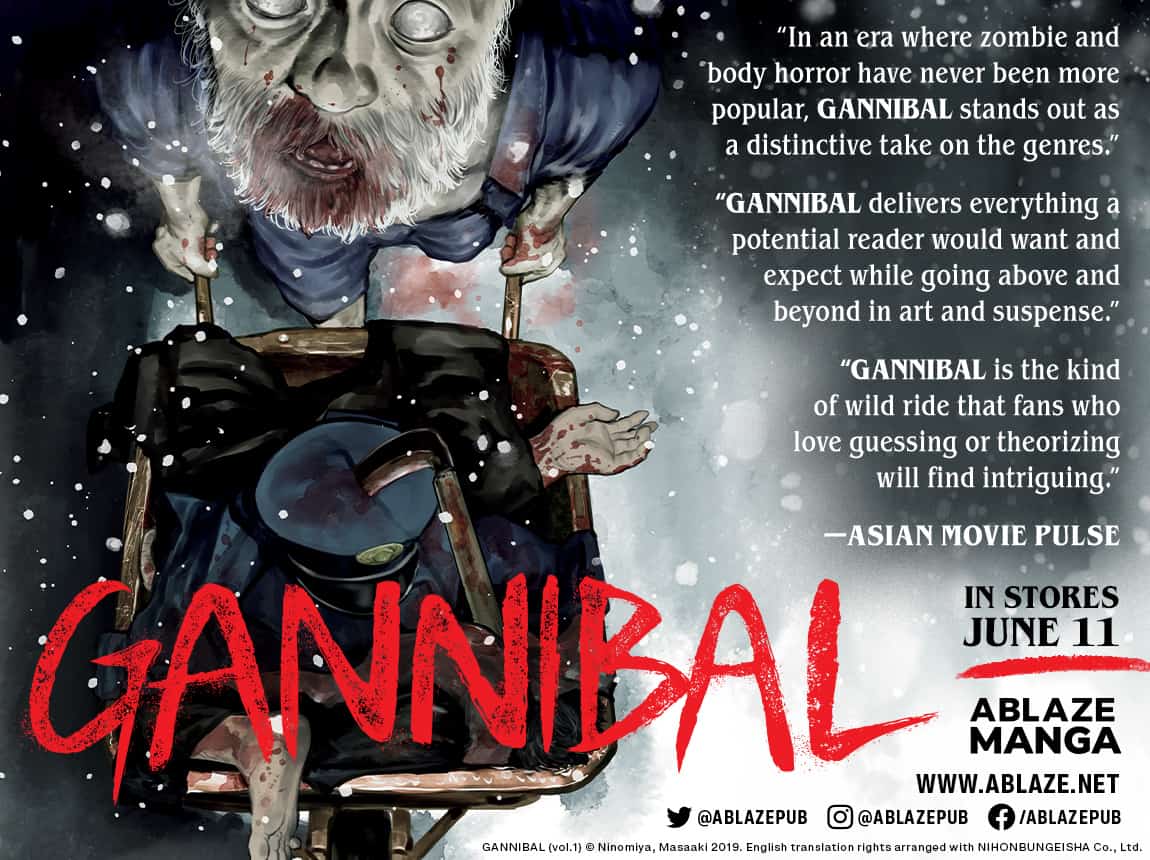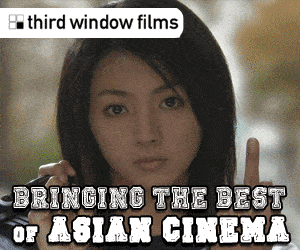Nobuhiko Obayashi – (09.01.1938-10.04.2020) born in Onomichi, after his father, a doctor, was called to the battlefront during World War II, he was raised in his early infancy by his maternal grandparents. Through his childhood and adolescence, Obayashi followed many artistic pursuits, including drawing, writing, playing the piano, and possessed a growing interest in animation and film. In 1956 he entered the Liberal Arts department of Seijo University, where he began to work with 8mm and 16mm film. He worked on a series of experimental films, becoming one of the pioneers of this genre in 1960s Japan. His breakout film ‘House‘ (1977), a surrealist horror comedy, was a commercial hit internationally and has garnered a cult following. Throughout the 1980s he then transitioned to directing more mainstream media – including many popular coming-of-age films -and his resulting filmography as a director spanned almost 60 years. Obayashi died on 10 April 2020 at the age of 82 in Tokyo after a courageous battle with lung cancer which did not stop him to shoot his last film ‘Labyrinth of Cinema‘ (2019) that premiered at the 32nd Tokyo International Film Festival.
‘Hanagatami' (2017) – fulfilling his filmmaking dream of 40 years, Nobuhiko Obayashi's luminous ‘Hanagatami' delivers a timeless story about the pureness of youth amidst the chaos of World War II, intertwining the real and unreal in a baroque palette of colors. Teenage boy Toshihiko Sakakiyama returns from Amsterdam to the coastal town of Karatsu, in the Saga prefecture. Staying at his aunt's mansion, he becomes part of a social circle of neighbourhood juveniles who eventually all get caught up in the chaos of the times. Obayashi's ode to the magic of cinema and a indefatigable trial to recapture the past. The release of ‘Hanagatami' in Europe in scheduled on July 2020 by Third Window Films, represented by Adam Torel.
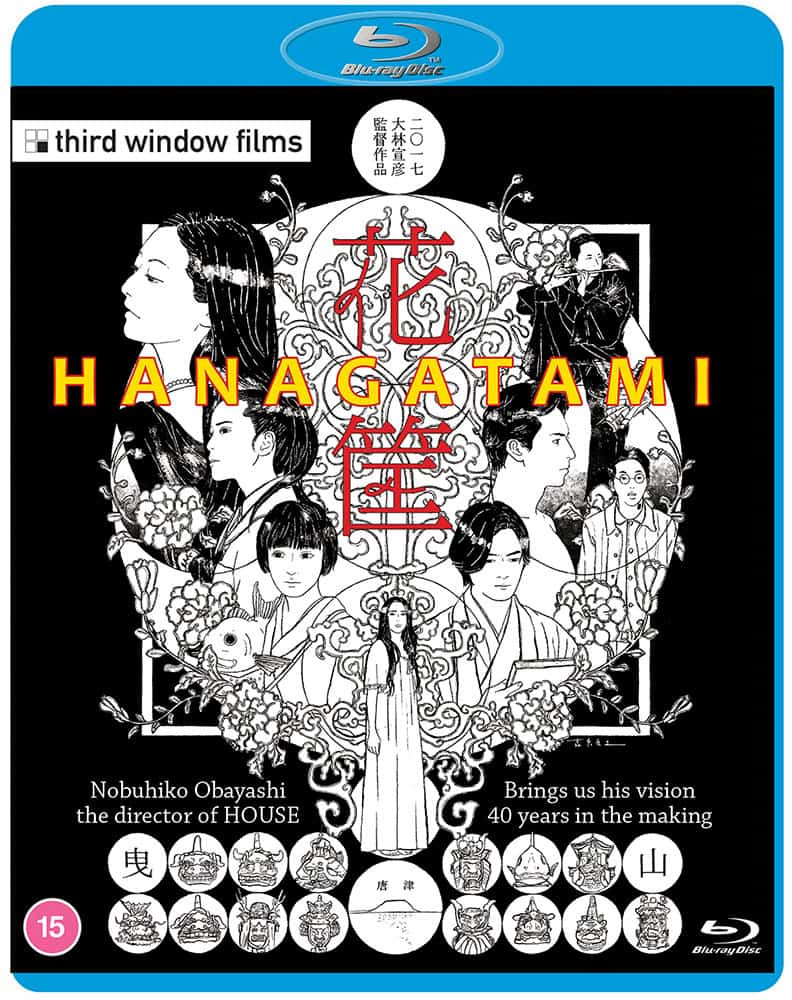
‘Hanagatami' serves as an imaginarium in remembrance of things past, like a memento-mirror carried along the town of Karatsu. Similarly to – for instance – Tadeusz Kantor's ‘The Dead Class', we observe actors unmatched to their characters' age, or rather their bygone shadows, yet still vividly alive in the colorful palette of the screen.
The concept of ‘age' is non-existent to me. A person that lived forty years ago from now has already turned senile or – on the contrary – might have not aged at all, as well. Memory is the sole thing that remains, being engraved in my film. Thus, a seventeen-year old boy might be played by an actor in his thirties as well. An adult can go back in time, too. There is this postwar film ‘Blue Mountain Range', considered to be the first seishun eiga (coming-of-age film). Ryo Ikebe, who was already thirty years old at the time, played a high school student; however he had just returned from the War, he lost some of his teeth due to malnutrition, so he had to apply adhesive denture. It happened that his false teeth would fall out when he shouted ‘hello'. Understanding that had there been no war, people would be able to say ‘hello' freely to each other – this kind of knowledge also can come from movies. Watching a movie is not merely grasping its storyline, but due to the fact that the juvenile characters are portrayed by older actors, the viewer can look at them from a different dimension. Otherwise, it would be yet another TV drama, easier to understand perhaps, but far from being a proper movie. ‘Hanagatami' is a collection of memories that had not been recorded before, a depiction of war others could not portray.
Upon reading the novel and then watching the film once again, I noticed that all portrayed characters – these ‘mannequins of violation procedure' – bear their own peculiarities and cope with their weaknesses within their own idiosyncratic, Gombrowiczesque ‘Cosmos'. Mina – a pale fading flower petal of gothic beauty, Ukai – a gallant, roaming soldier of a mishimesque muscularity, Kira – a sturdy representative of an intellectual buraiha member and a decadent deserter, Chitose – a melancholic, feeble orphan, Akine that could merely keep on sewing the 1000-sitch headbands for the soldiers, Aso – a petty comedian and finally Toshikiho – a flunky idealist, defeated survivor. Notwithstanding the above-mentioned character discrepancies, they somehow manage to unite and form their own reality, which is very peculiar, yet disturbing.
I call myself a film auteur instead of a film director. Toho had Kurosawa the director, Shochiku had Ozu the director, Daiei had Mizoguchi etc… All were film directors, unlike me, who did not belong to any company, thus I could not bear that title. That is why I made my own business card calling myself a film auteur, saying that I make movies, like a sculptor carves a sculpture or a writer writes his novel. When one turned twenty in Japan, it was a usual custom to hold a business card, which meant one was able to go out in the world. However at that time, obviously, I could not use the title film director on my card. Thus, it all started for me from the standpoint of being a film auteur, that is namely from the position of creating and enjoying rather than watching and enjoying. Then, if you look at this movie, it is fairly enjoyable to watch how different people hold different COSMOS within themselves. However, that was not the main point I wanted to stress. I wanted to point out that there are seven characters, all linked from the very beginning by nothing else but the writer's imagination; however, all seven embody one in fact. Each face is thus shown from seven different angles. However, if you combine these seven different elements, in result you will get one person, who is in fact me. It might be similar to writing a romance story rather than shooting a movie. Well, that is why some people say this film is hard to comprehend and argue they got fooled in the end, but that act of fooling someone is actually what interests me the most. When I read crime fiction, I tend to look at the very end. It is interesting to know the murderer and then track how the writer framed him up into this. I hate being fooled – I prefer to fool others instead. In that sense, I think that now is the right era when people finally can accept ‘Hanagatami' with its peculiar structure. Originally, ‘House' had the same scenario as ‘Hanagatami' and people who slandered the former, saying ‘shall not deserve to be called a proper film work', suddenly fell in love with the latter. I have not changed one iota, but the society certainly has.
When I asked professor Kohei Ando from the Tokyo International Film Festival to point out one contemporary Japanese movie that will surely remain for posterity, he said it would be ‘Hanagatami'.
I am very honored to receive such appraisal. Until now it was not necessarily the case, but some people revisited my works and with time, they valued them more.
Supposing you had shot ‘Hanagatami', as you originally planned forty years ago, in what ways would it be different from the current version?
I was not really concerned about it. I think the movie is good in its current shape. In other words, it took forty years for it to ripen and it has ripen like wine.
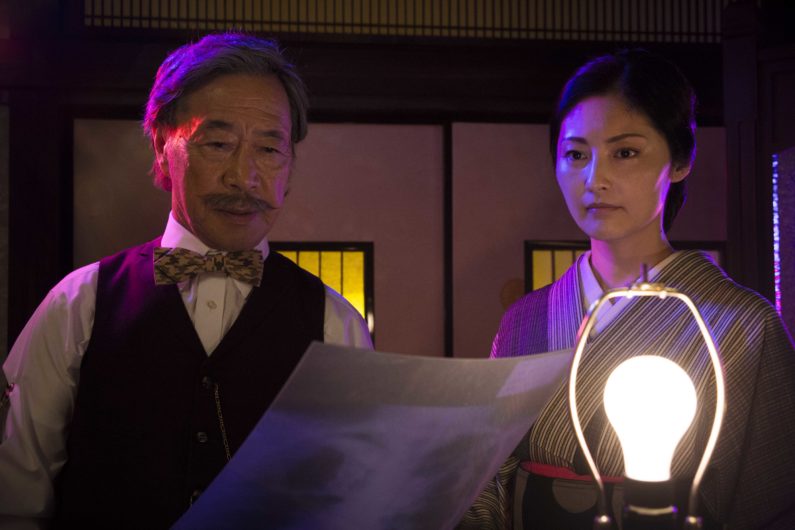
Toshihiko's game of hide and seek in search of his identity, students and soldiers wearing white powder oshiroi on their faces – the whole atmosphere evokes resemblance to Terayama's ‘Pastoral: To Die in the Country'. What would be the connection you and Terayama's film & theatre works?
Well, hide-and-seek is a pleasure of directing – where am I hiding my face and who am I really? I was a close friend of Shuji Terayama, coming from the same generation. Unfortunately, there a few people with such spirit like his – perhaps Danshi Tachikawa, Yu Aku and then, a bit older than us, Osamu Tezuka. Terayama was primarily a haiku and tanka poet and he wrote his masterpiece lines after World War II. He died in a homeland worthy of giving up his life for, while smoking in the sea at night. Then he tried to do something to make peace as I mentioned earlier, and he couldn't do it in a haiku but in a tanka: matchi suru tsukanoma umi ni kiri fukashi misutsuru hodo no sokoku wa ari ya (in the moment of a match-strike, with fog thick on the sea – how could any homeland be worth throwing away my life). He lived up to that particular spur of the moment, in fact. Terayama tried to do something for the peace, but that could not happen through poetry, so he decided to use other genres that were more suitable for each decade he created his works. Terayama shot movies at the same time as me, and he found resemblances in a few of them. Then he concluded it is not worth to do a similar thing and he switched mainly to theatre, becoming a commentator of the Showa period. He made, thus, a lot of enemies, but in the end all of them – including Danshi Tachikawa – would somehow get entangled into politics (Yu Aku had even his own politics column). I did different things in my life, but what is going to be eventually left are my private movies.
‘Hanagatami' is filled with symbols and metaphors. I would like to ask about one particular scene that serves as a climax, namely the ballroom scene. Can one read it as an allegory of Rokumeikan?
Precisely. When we were shooting the scene, I instructed the staff – since there were many young people on the set – I want it to look exactly like one of those balls at Rokumeikan. One could name it ‘film education', however I want to make the viewer perceive not merely the outer layer, but also its hidden meaning. I could compare it to rotating the (in that case the ballroom's) floor.
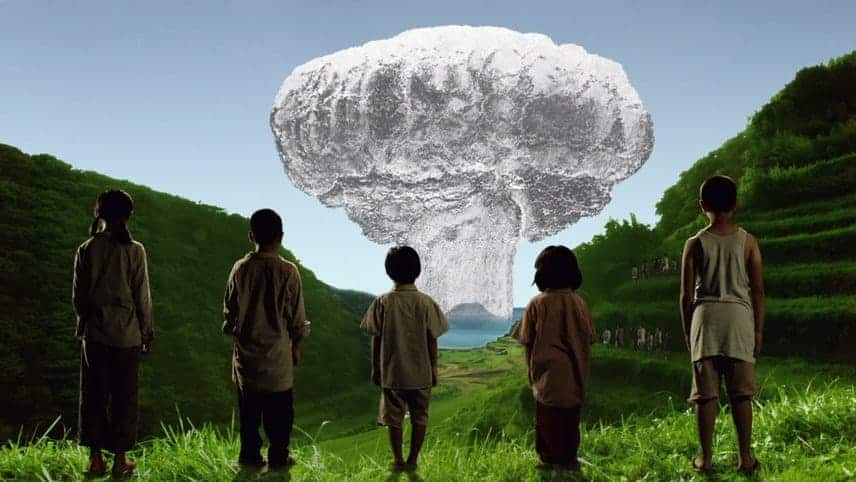
One will also mark the explicit vampiresque thread…
Ah, yes – Bram Stokers ‘Dracula'. I did not have a clue about it at first. Kazuo Dan must have read it, since the novel was apparently on the mandatory list at the time. I realized it much later, but that is an obvious reference – no doubt about that.
‘Hanagatami' is originally a noh piece allegedly written by Zeami. Your film follows the jo-ha-kyū structure and in many different ways is very theatrical.
Originally, I shoot films for theatrical purpose, as well. The same piece can conversely serve as film and theatre piece. On the other hand, if you make a stage play, it may become very cinematic. Shinji Somai was one of my best friends. Even though we were close, he was ten years younger than me and thus he was not well acquainted with the big production companies, so we did not have any occasion to drink together, but on the other hand, at the theatre, we would find ourselves sitting next to each other. After each show, Somai and I would agree that theatre is so much better, because one can create lie and fiction easily, while films – on the contrary – are treated very seriously, so in that sense their form is quite stiff. In theatre, one can tell whoppers from the very beginning until the end. That is what kept me close to Somai – we both believed that a lie would deprive a piece from realism, but not from its true soul.
Same motives are repeated many times just like in Tengai Amano's works. That concept of constant recurrence is yet another theatrical element.
There are – as I mentioned before – seven protagonists who embody one, thus we are watching the same episodes from seven different perspectives. The similar concept was adapted in “Rashomon”, for instance. Who is responsible for killing a man during the war? Why did it have to happen? You can't simply recreate the story, but show it from different points of view. Kurosawa was initially an artist – even more than a film director, he was a creator of very personal works. In the autumn of his life, he would be exceptionally fond of me and say: ‘Nobuhiko, you certainly do understand. Eventually I became an amateur and it is really good to be one. One can devote himself entirely to one's work and honestly describe what one believes in'. He said that about his ‘Dreams'. It was the first film in the world to talk about the effects of radiation and explosion of an atomic bomb. That could not have been achieved at Toho.
There is one shocking scene, both in the novel and the film, when Kira strangles the puppy to death. In the novel, however Kazuo Dan leaves the reader without any further explanation, while in the movie, after his deed, Kira in his monologue concludes: ‘Who is going to eat us?'. Is that a hint to Osamu Dazai ?
I wrote these lines myself, however it is a wink at both Dazai and Mishima. Mishima actually referred to ‘Hanagatami' at his young age, that the novel inspired him to become a writer and to possess both Ukai's body and Kira's spirit. If you think about it, Mishima lived a similar life to these characters. How about we think the other way – that it was not Mishima, but Kira and Ukai who joined Japan Self-Defense Forces? Thus, Mishima created himself as an identity of the Japanese who lived during the War, and beheading would become the supreme ecstasy for him. In other words, just like Dazai died early within his decadent literature, Mishima chose the same path. And ‘Hanagatami' was its foundation. ‘Hanagatami' is at the same time Kazuo Dan's sole pure literature piece, unlike any other ‘I-novel'. Shedding the light on the hidden Kazuo Dan was my main aim when shooting the movie, especially on the things he really wanted to say, but eventually he could not – I did that instead. I was born in 1938, so his father went to the War at the same time as mine…
Since you mentioned your father, could you share some memento-memories from your childhood during the War period?
A while ago you said that the characters are crossing the border of life and death; however, for me the matter of life and death has always been highly subjective. Objectively, there is nothing such as life or death. It is during the war a child would constantly hear that several people they knew passed away the same day. Then, when I looked at my empty corridor or the stairs, when nobody was there, I would see the deceased standing vividly alive in front of me. So, when one mentioned the uncle who died in Manchuria, his figure would vanish, although for me he was yet constantly alive, as long as I perceived him so. He would die only if I wanted him to die. This is life and death for me.
Thinking that way, I decided I was going to remember everyone I met. By the end of the War, those we would rely upon would die, but their children would not forget about them, hence here there were back walking peacefully and carrying yamikome rice on their shoulders… When Japan lost the War, there was nothing to believe in. The one we believed most was the one who deceived us. If we would die, that would be an easy end, but we were too young to die and here, peace was finally upon us. After all, we were the primary generation to take charge of postwar Japan. Cultivating peace for the first time in Japan's history. However, if you have no prior model and nothing in particular to believe in, the only thing you can do is that what your predecessors neglected.
Then there was the time I started filming on 16mm roll, but of course, there were already many reverent seniors, such as Akira Kurosawa or Keisuke Kinoshita etc. However, as long as they used cameras to recapture the war, I wanted to capture peace. Thus, I chose the path of being a film auteur, not a film director and I shot so-called ‘home videos' on 16mm. I turned eighty recently and I have no intention of changing myself. I started to be really scared around 1936-1940, since as a child I did not know war until then. Many of my wife's friends were killed during the air raid on Tokyo on 10.03. She wanted then to build a memorial-tomb for people who died at that time, however that could not proceed. At that time, Japan was occupied by GHQ with Douglas MacArthur in the lead and there was no room for arbitrariness in an occupied country, so the government would have to ask the GHQ. That was already out of the question, due to the simple fact that since Americans – forcing Japan to capitulate – were considered hostile. It was therefore necessary to make the Japanese quickly forget about the war. If that had not been the case, then US occupation policy and their relations with Japan would have not improved. ‘You must forget about the war' – an order was issued to tell children that there was no war at all! The times were what they were, so the only option was to nod. We paid attention to school textbooks. In the new textbooks, there was for instance not a single word about the Pacific War. The history of Japan ended with the Meiji revolution. I had known war since childhood and it was very disturbing for me that it was crossed out. Finally, I learned that all this had happened because of the GHQ ban on teaching children about it. In that case, children five years younger than me did not know it actually had taken place.
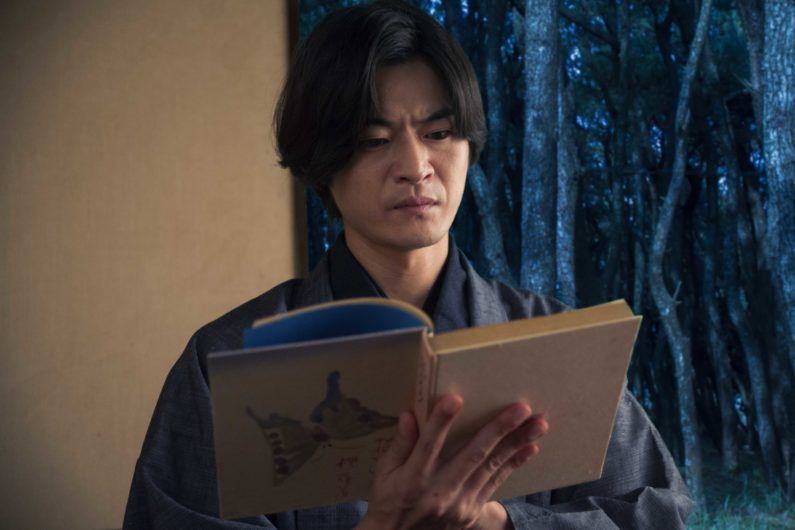
Japanese, as you surely noticed, show a sign of peace as soon as they see the camera facing them. For someone in Japan, this means peace. However, this is not really peace, but a sign of Churchill's victory. Although it is a sign of victory, for some reason in Japan it is considered a sign of peace. You probably know the reason. The dropping of atomic bombs on Hiroshima and Nagasaki meant that the War ended faster and peace reigned, which is why (V)ictory = peace. Everybody from my generation knows that, but people merely a few years younger than me were completely oblivious.
There is one peculiar anecdote I would like to mention. It is associated with the type of swimsuit, namely bikini. In 1954, nuclear tests took place in the Marshall Islands. The radiation was circa thousand times more powerful than that in Hiroshima. There was also an accident that a Japanese tuna vessel was exposed to it and got damaged. These events are well portrayed in Kurosawa's ‘I live in fear'. Then in Takarazuka, where showing the navel was strictly forbidden, a woman appeared in a skimpy swimsuit showing the entire navel. This caused a shock comparable to that caused by the tests in the Bikini Islands area. And so eventually the name ‘bikini' was born. When I was in the Marshall Islands, I took a picture of a girl wearing a bikini showing a peace sign and then went to Harvard, where I showed it to the professor and students asking what they make of it. They replied that Japan with its citizens is simply weird being glad that they have become a peaceful, free country thanks to Hiroshima and Nagasaki and the bombing test in the Marshall Islands. Well, Japanese do not think like that, because many of them simply have no clue about these things, whatsoever.
You end ‘Hanagatami' with a coda – the unanswered question you pose to yourself. Did you manage to ‘jump', eventually?
I would like to do so, but – no – I still haven't managed to. I am always getting ready for it and sometimes my superiors let me rise a little. Eventually one cannot accomplish it standing alone. Kurosawa repeated this: ‘I always have twenty or thirty film ideas that I would like to realize, but the only thing I cannot decide is what to do now – that is up to my superiors. I can only nod and do my best'. In other words, that is illegible to humans, because it is a part of the cosmic world of nature. Furthermore, if it is not the right time, no matter what you do, all your efforts will go to waste. This might be not the perfect timing for ‘Hanagatami' but movies are governed by their own laws and despite having the same storyline, shot in different genre can make a difference. As a film auteur, I did not brood over genres, but I noticed it for the first time when I shot ‘House'. Referring back to Terayama – he always wanted to jump; however, according to him, being constantly sick, his body would not sustain it, so he tried to live as much as he could, accumulating power in his weak organism. With perseverance, he eventually turned it into his own identity. On the other hand, I was usually very healthy – unlike now, but never managed to jump, though I really wanted to…


